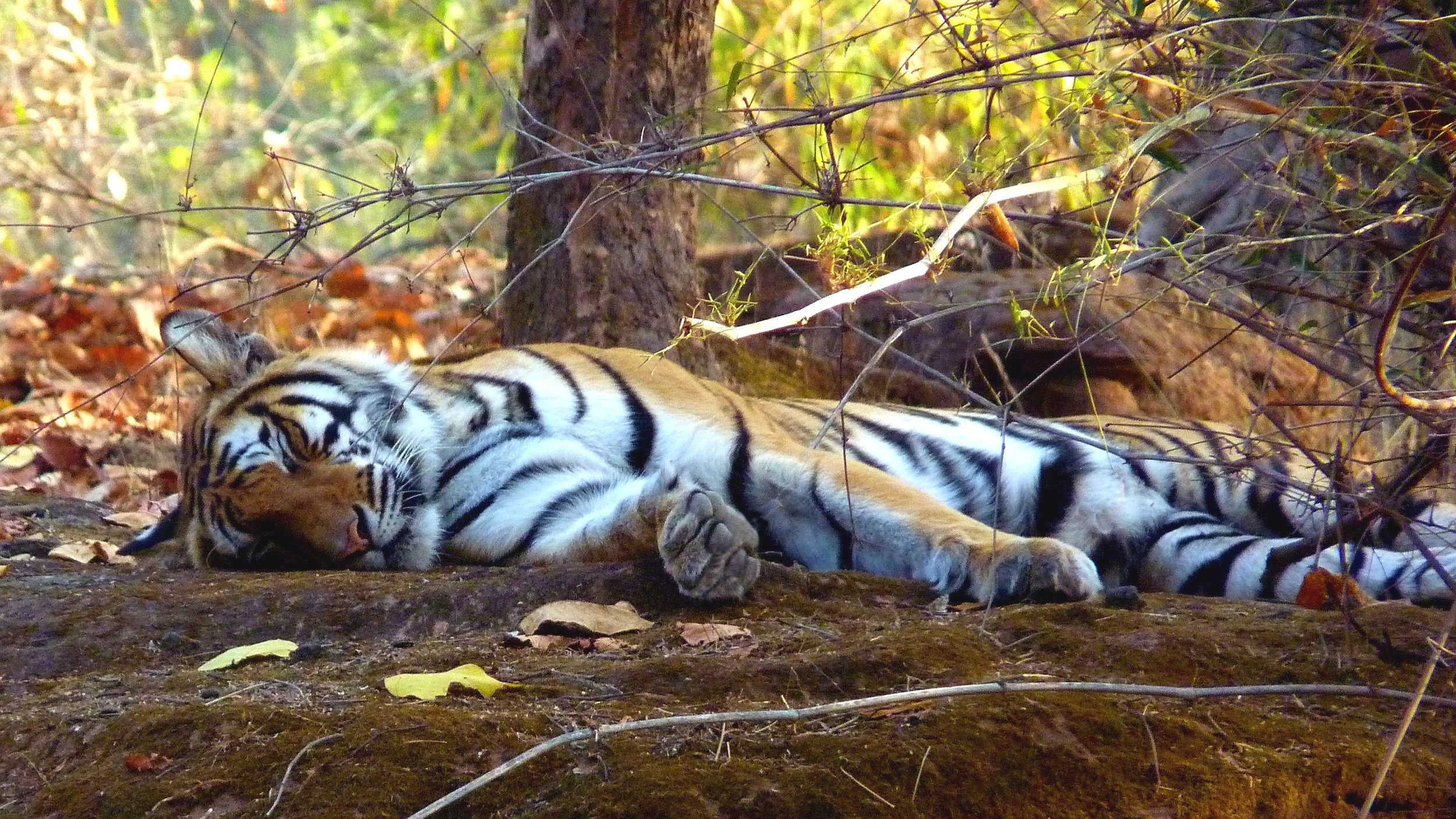
Summer 2020
The Fund for The Tiger is now 25 years old and we are extremely gratified that we have been able to be part of the creation of and initial funding of some very hard-hitting and effective tiger conservation efforts in India and Nepal.
Genesis
In 1978 I was blessed with a unique experience. One afternoon I found myself in Chitwan National Park, Nepal, getting off an elephant, walking through 20 ft. high grass, and coming face to face with a 350 pound Bengal tigress. Though she was sedated, her eyes were open, staring at me, and her breathing was loud and heavy. The afternoon was spent helping research scientist David Smith cool her down with water, taking vital measurements, and fitting her with a radio collar for future tracking. We sat on the elephants, late into the night, until she could safely get up and stumble into the forest.
It was not until 1991 that I realized the power the tiger held on my psyche. I began hearing stories of a new and insidious threat to tiger populations in India and Nepal. For the first time I heard about tigers being killed for their bones. This information came from respected wildlife and conservation experts as well as published reports from conferences in India. Some famous tiger reserves had suffered near catastrophic losses in just two years. Indeed, the great tiger reserves of India and Nepal had become shopping malls to satisfy a market based on ancient Chinese medicinal practices and customs. One of my oldest friends in Nepal and tiger mentor, Chuck McDougal, told me that the tigers he had been monitoring in Chitwan had suffered losses of 40% and we needed to do something.
In 1993 Chuck and I spent the afternoon with a brave and dedicated Deputy Warden at Chitwan, Tikaram Adhikari. We talked about the poaching threat to the tigers and visited some miscreants in the local jail who been caught in a sting operation trying to sell tiger bones and rhino horns. Tikaram was so inspiring I decided to do something to help.

